
Narrowband filters in 2025: H-alpha, OIII and SII for nebulae – how to combine them effectively
Introduction: a star is born from curiosity
There are nights when you think you know everything about the sky: the constellations, the planets and the nebulae from distant epochs. Then, with a few narrowband filters and a bit of patience, you discover that nebulae tell stories in color in a different way. Imagine a region where excited hydrogen illuminates filaments like glowing veins. That's the kind of revelation made possible by the Ha, OIII, and SII filters, three dedicated filters that isolate specific wavelengths to reveal the hidden details of nebulae. In 2025, these filters remain at the heart of amateur and semi-professional imaging, but the methods to combine them evolve to offer richer and more readable results.
What is a narrowband filter and why use it for nebulae?
A narrowband filter is designed to transmit a precise spectral line and block light from other wavelengths. For nebulae, the three spectral lines most commonly used are Ha, OIII and SII. Each line is tied to a chemical element and a particular excitation process within the nebula. In practice, these filters allow isolating the light emitted by atoms and ions that glow strongly, while reducing light pollution and sky noise. The result is an image where structural details — filaments, arches and cavities — become visible with a clarity that conventional filters do not always provide.
The three fundamental lines and what they reveal
Ha (Hydrogen, 656.3 nm) is the dominant line in regions of ionized hydrogen (H II). It highlights the ionization zones around hot stars and often traces the outlines of nebulae in reddish or greenish hues, depending on the chosen color rendering. Ha is particularly useful for revealing internal structures around young stars and active ionization regions.
OIII (Doubly ionized oxygen, ~500.7 nm) emits a blue-green light in planetary nebulae and in regions where oxygen is highly ionized. This line is very useful for bringing out halos and cavities surrounding the bright central zones, which often gives the image a crystalline and cold feel.
SII (Ionized sulfur, 672.4 nm) appears in somewhat cooler and denser regions, with a hue that can range from burnt red to orange. SII helps distinguish structures that would not shine as brightly in Ha or OIII, and contributes to revealing areas where ionization is less intense or older.
The key is that these three lines do not have the same intensity or the same spatial distribution. By combining them, you can obtain an image that visually illustrates the physical processes and chemical elements of a nebula, rather than a dull gray glow in the night sky.
How to combine them effectively: palettes and artistic choices
To transform three image layers into a coherent and informative color image, you first need to choose a channel assignment, then adjust the intensities and colors. Two approaches are particularly common in amateur imaging:
- Classic SHO palette: SII to red, Ha to green, OIII to blue. This assignment has become a historical standard in narrowband imaging and yields a colorful image that well highlights contrasts and filaments.
- Artistic variants: you can swap channels to obtain different renditions. For example, assign Ha to another color channel (instead of the green in the SHO palette), or use an additional “luminance” channel to preserve details. The goal is to maximize readability of structures while keeping a neutral sky background.
Practical tip: even though the SHO palette is very popular, don't hesitate to experiment. Sometimes, replacing the red with a warm hue leaning slightly toward orange can help distinguish regions where SII dominates and make the image look more natural to the eye. The important thing is to keep a clean separation between the Ha, OIII and SII emissions, to avoid muddy areas where details are lost.
Practical steps for effective fusion
- Planning and data acquisition: compute equivalent exposure times for each of your filters based on the target and your sky conditions. Complex nebulae often require hours of exposure per filter to achieve a usable signal without saturating the brightest areas.
- Calibrations: darks, offsets and flats are essential. Narrowband images are sensitive to illumination variations and dust on the sensor; calibrations ensure that each image is clean and comparable across filters.
- Alignment and stacking: align the Ha, OIII and SII images with precision. A tiny misalignment between layers is noticeable immediately after fusion and can degrade the finest details.
- Coloring (chosen palette): apply the SHO palette by default or your preferred variant. Assign SII to red, Ha to green and OIII to blue. Adjust the levels of each layer so that each channel contributes in a balanced way, without overpowering the others.
- Adjusting intensities and contrast: use level curves and saturation sparingly. Avoid oversaturation that obscures fine details. The goal is to obtain an expressive but credible image in its structures. Tip: first work each channel in monochrome to ensure that each line is well emphasized before combining into color.
- Using a luminance channel (optional): you can add a luminance layer derived from a broadband filter or another channel to strengthen structural details and sharpness without introducing stray light. This provides a balance between color richness and structural details.
- Review and export: check color consistency at different intensities and on different screens. Export in 16 bits if possible to preserve gradients, then convert as needed (TIFF, PNG, etc.).
Best practices and precautions
The coloring obtained with narrowband filters is not neutral: the rendering depends on the source of the object and the observing conditions. Here are some guidelines to avoid common pitfalls:
- Avoid artificial alterations due to over-saturation of blue or red channels; aim for a rendering where filaments remain legible without an overly colored “sauce”.
- Manage halos around stars and artifacts with care. Narrowband filters can accentuate stellar halos if guiding is not precise.
- If the object emits little in Ha, compensate with OIII and SII to balance the channels and prevent any area of the image from staying too dark.
Little history and scientific logic behind these choices
The color in astronomical imaging is not a simple reproduction of real colors as seen with the naked eye. It is a colored representation based on physical properties: the energy emitted by atoms and ions in nebulae varies with age, density, and the influence of central stars. In ancient times, people could not imagine that stars could “speak” about their composition through such colored glows; today, narrowband filters allow us to capture this chemical whisper. In certain mythologies linking stars to gods and researchers, the colors of nebulae are like pages of a book where each letter is an energy transition. By combining Ha, OIII and SII, we read these pages more clearly and sometimes discover details that even the most powerful telescopes do not reveal at first to the naked eye.
Conclusion: toward lasting curiosity
The narrowband Ha, OIII and SII filters remain, in 2025, a central approach to capturing the richness of nebulae. By mastering the isolation of these wavelengths, the precise alignment of the layers, and the judicious choice of palettes, you can transform technical images into colorful celestial landscapes rich in information. More importantly, this exercise renews your understanding of the role of the different ionized elements in nebulae and nourishes a curiosity that may lead you to explore other objects and methods: luminance imaging, layered imaging, or even more complex spectral combinations. Thus, the next step could be to experiment with a new palette on your favorite target and compare the results: what story does the color of its filaments tell you?
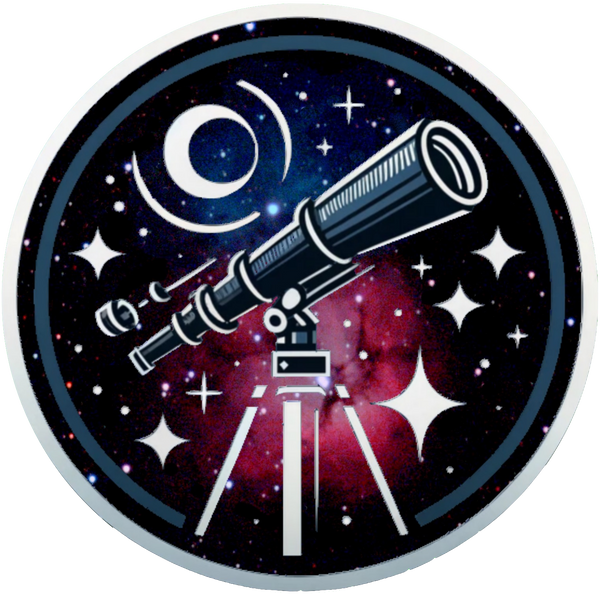
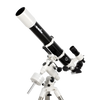 All
All
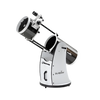 Dobson
Dobson
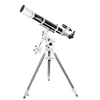 Refractors
Refractors
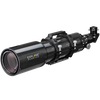 Ed & Apochromates
Ed & Apochromates
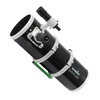 Newtonian reflector
Newtonian reflector
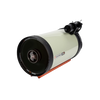 Schmidt Cassegrain
Schmidt Cassegrain
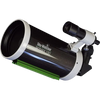 Maksutov-Cassegrain
Maksutov-Cassegrain
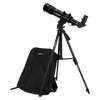 Solar
Solar
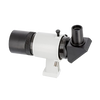 Researcher
Researcher
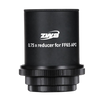 Focal reducer
Focal reducer
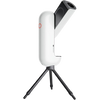 Intelligent
Intelligent
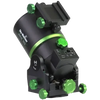 All
All
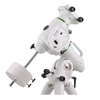 Equatorial
Equatorial
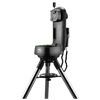 Alt/Az
Alt/Az
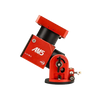 Harmonic
Harmonic
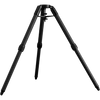 Tripods
Tripods
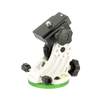 Accessories
Accessories
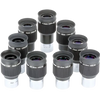 All
All
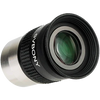 Wide angle
Wide angle
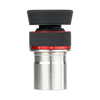 Zoom eyepieces
Zoom eyepieces
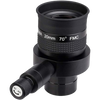 Reticulated eyepieces
Reticulated eyepieces
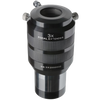 Barlow
Barlow
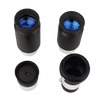 Plössl
Plössl
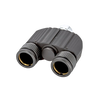 Binoculars
Binoculars
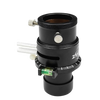 Atmospheric Corrector
Atmospheric Corrector
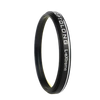 All
All
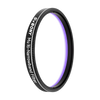 Visual
Visual
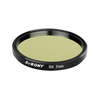 Photo
Photo
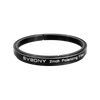 Polarisants
Polarisants
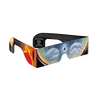 Solar Filters
Solar Filters
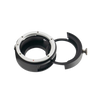 Accessories
Accessories
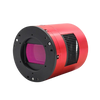 All
All
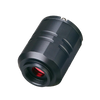 Color Cameras
Color Cameras
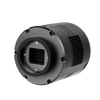 Monochrome Cameras
Monochrome Cameras
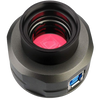 Planetary/Guiding
Planetary/Guiding
 Objectives
Objectives
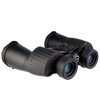 All
All
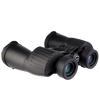 Binoculars
Binoculars
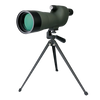 Spotting Scope and Monocular
Spotting Scope and Monocular
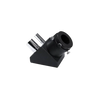 Elbows
Elbows
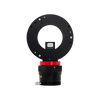 Optical Divider
Optical Divider
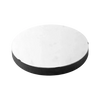 Mirrors
Mirrors
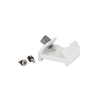 All
All
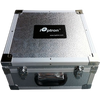 Bags and protections
Bags and protections
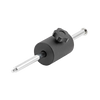 Supports and counterweights,
Supports and counterweights,
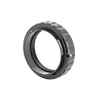 Camera adapters
Camera adapters
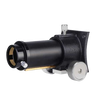 Focuser
Focuser
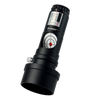 Collimation
Collimation
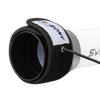 Heating band
Heating band
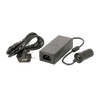 Cables
Cables
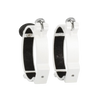 Collars
Collars
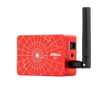 Computers
Computers
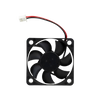 Fans
Fans
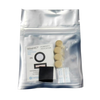 Others
Others
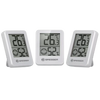 All
All
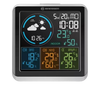 Weather Station
Weather Station
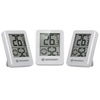 Thermometer
Thermometer
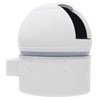 All
All
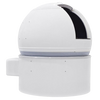 Observatory/Domes
Observatory/Domes
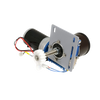 Accessories
Accessories
 Askar
Askar
 Baader
Baader
 Bresser
Bresser
 Celestron
Celestron
 Explore Scientific
Explore Scientific
 GSO
GSO
 Optolong
Optolong
 Touptek
Touptek
 Vixen
Vixen
 ZWO
ZWO